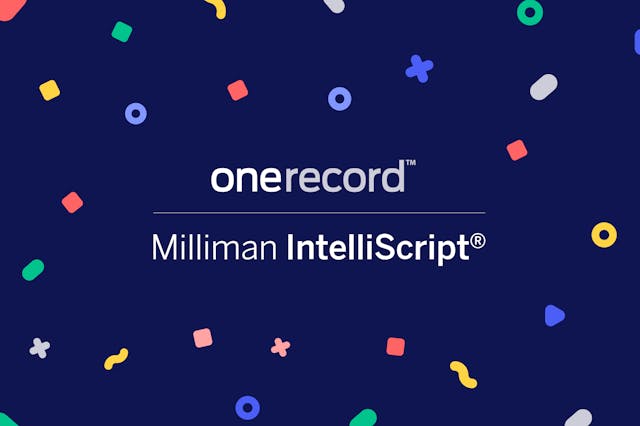
What is an Electronic Health Record?

Think back to a time long ago. A time before cell phones. A time before the internet. A time when doctors kept their patients’ records in physical files on actual pieces of paper. Seems pretty old-fashioned, doesn’t it? Now almost everything is digital, including medical records. Electronic Health Records (EHR) have been a key part of the digital transformation of healthcare. Read on to find out what EHRs are, their benefits, and where you can find yours.
So...what exactly is an EHR?
An EHR contains a physical medical chart but it’s digitized. While the medical chart is its biggest component, it also has features such as electronic prescribing, orders tracking, flowsheets, interfaces to lab companies, immunization registries, and more. Needless to say, an EHR has a lot of elements, but the digital medical record is what we are focusing on here.
Doctors’ offices, hospitals, and other healthcare providers will use an EHR software to compile and store your medical information. During a doctor’s appointment, your doctor usually asks you questions, performs tests, or collects other types of data. With an EHR, instead of writing this information down, they’ll enter it into a computer or tablet. An EHR will contain a patient’s medical history so doctors can get the full picture of a patient’s health. This history can include past treatments, medications and dosages, allergies, family health history, lab results, and more.
Benefits of an EHR
There are many benefits of EHRs for both patients and providers. Because the records are digital, it’s easy to share them with multiple providers. This way, if you switch doctors or go to a specialist, you can forward your medical records from one provider to another. Also, an EHR is much easier to update than a paper medical chart, so your information is always up-to-date. This ensures that your doctor and any future doctors are getting the most recent information about your health as well as a complete history of your health, so they can prescribe the best course of treatment. Because all of the records are electronic, doctors, nurses, and other healthcare providers don’t have to spend time digging through files to find your information, making appointments more efficient. Additionally, more than one provider can access your record at one time. In the days of paper medical charts, if your doctor had the chart in the exam room, the nurse wouldn’t be able to see it until your doctor was done.
Where can I find my Electronic Health Records?
One way to access your medical record from your doctor’s EHR would be by contacting your doctor’s office directly. According to the Health Insurance Portability and Accountability Act (HIPAA), you have the right to all of your own medical records. This means that your doctor must provide the information if you request it.
But what if you have multiple doctors? Or what if you want your child’s medical records? Fortunately, tools like OneRecord make this process considerably easier. OneRecord is connected to most doctors and health systems and can help you get your records almost instantly without ever leaving home. Once you digitally connect, OneRecord consolidates and organizes all of your information. With OneRecord, you have your entire medical history at your fingertips - on any device.
It’s your health. Own it


